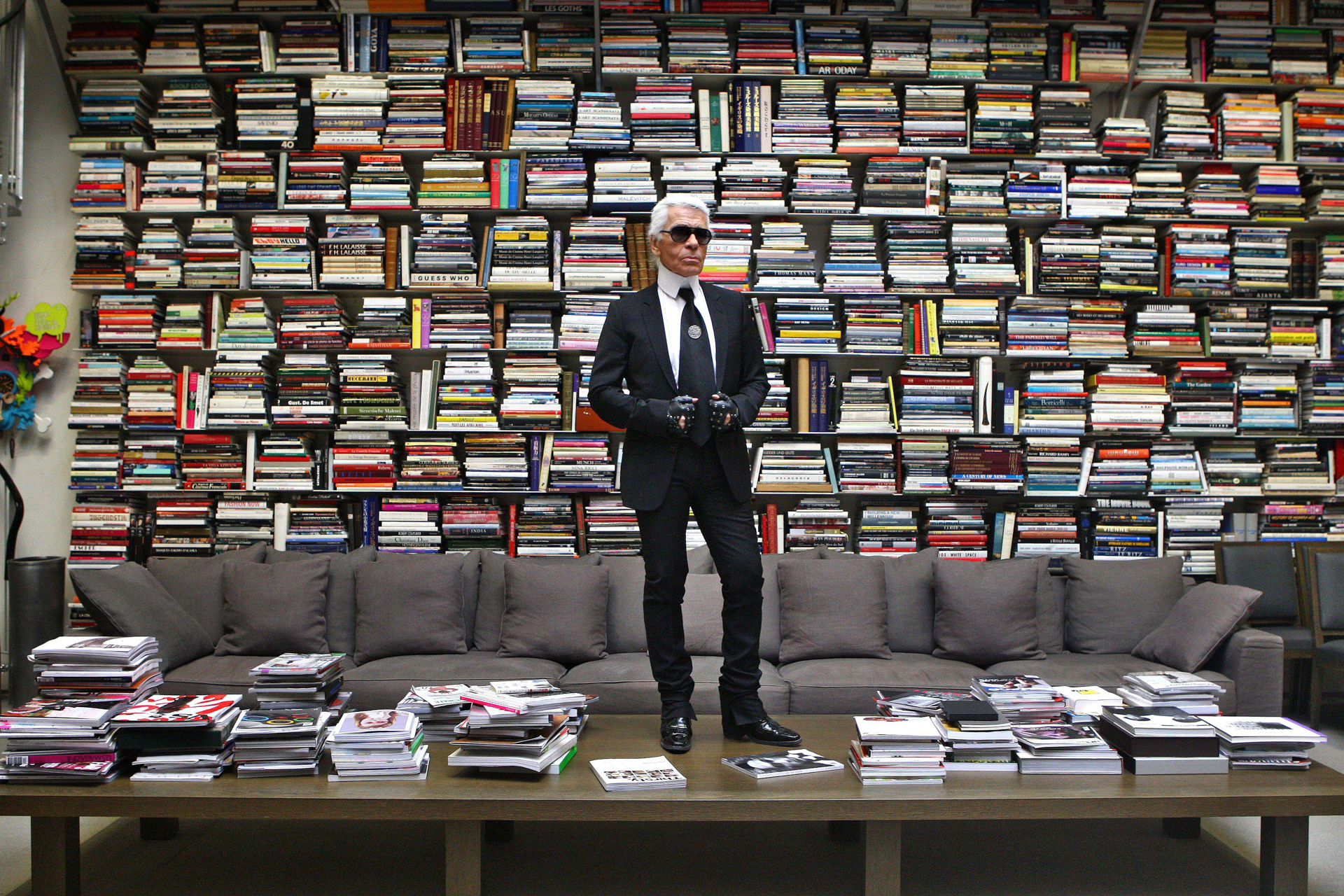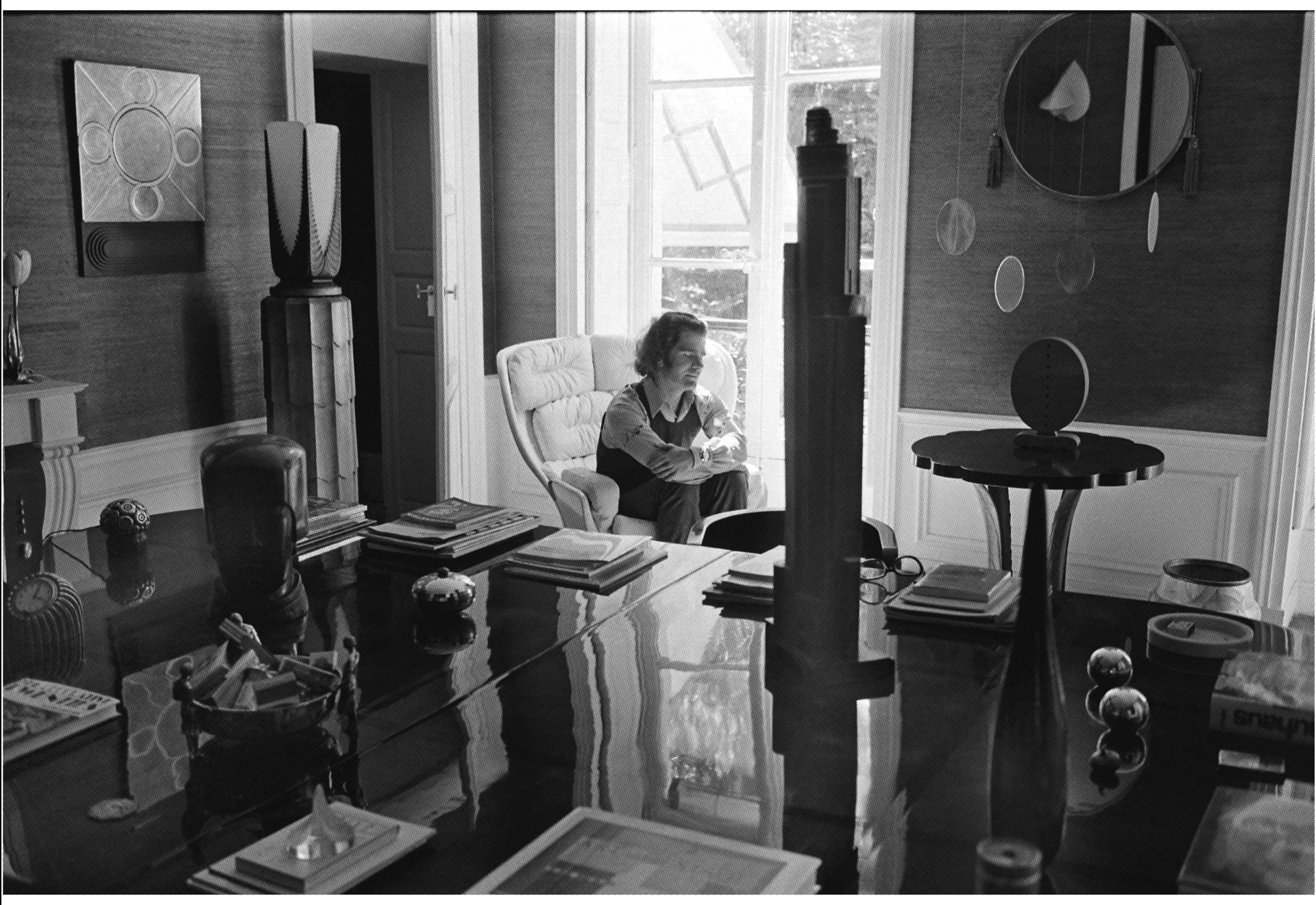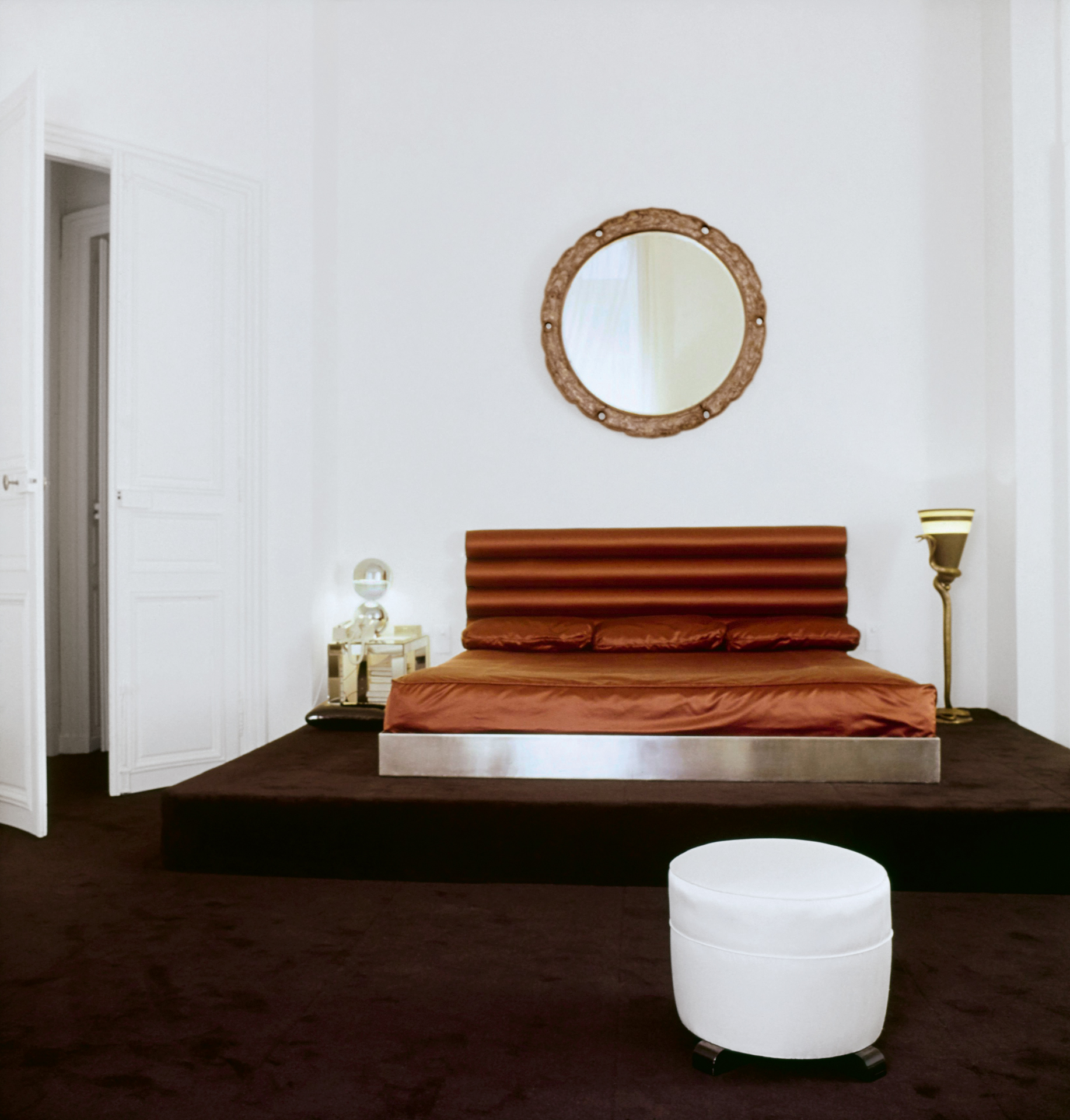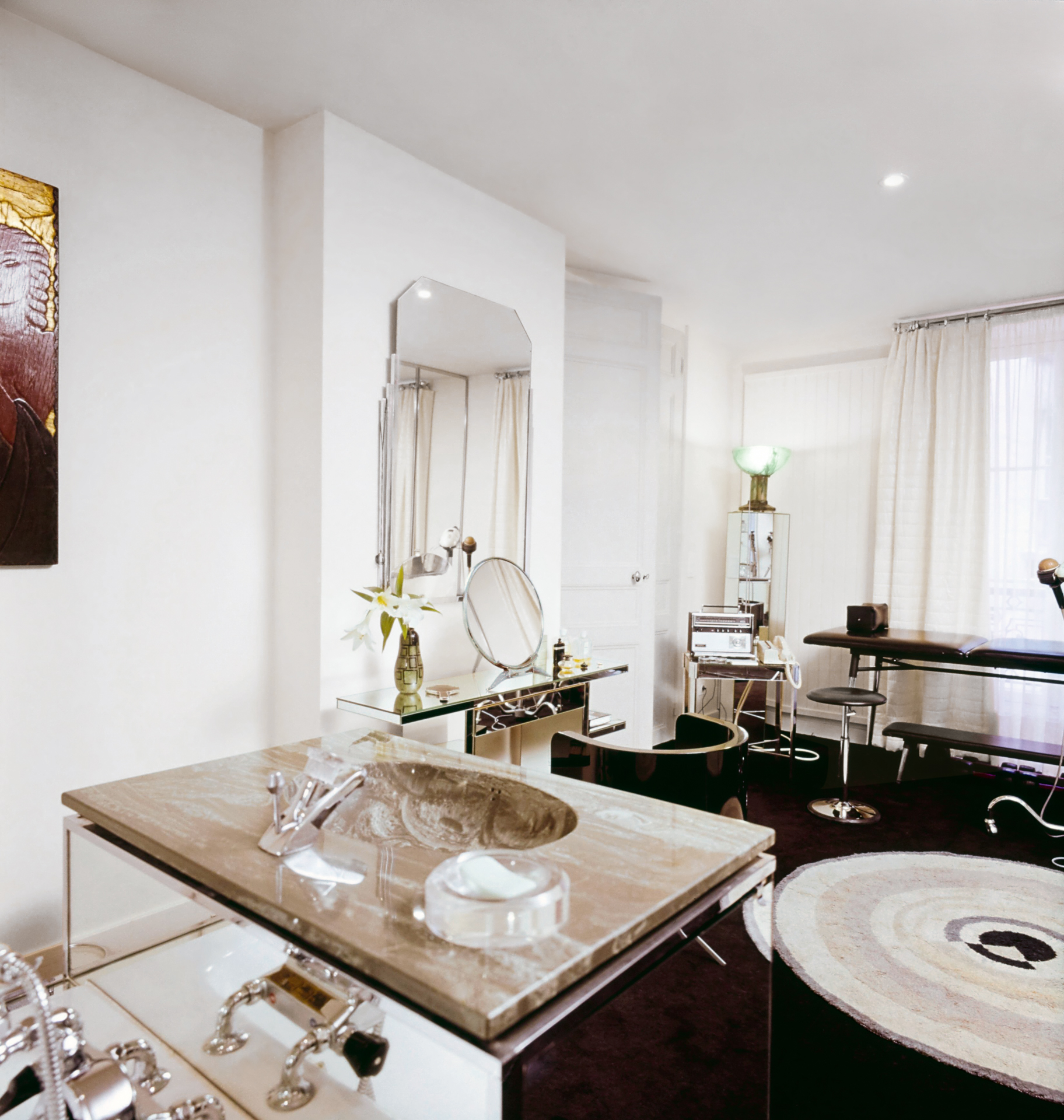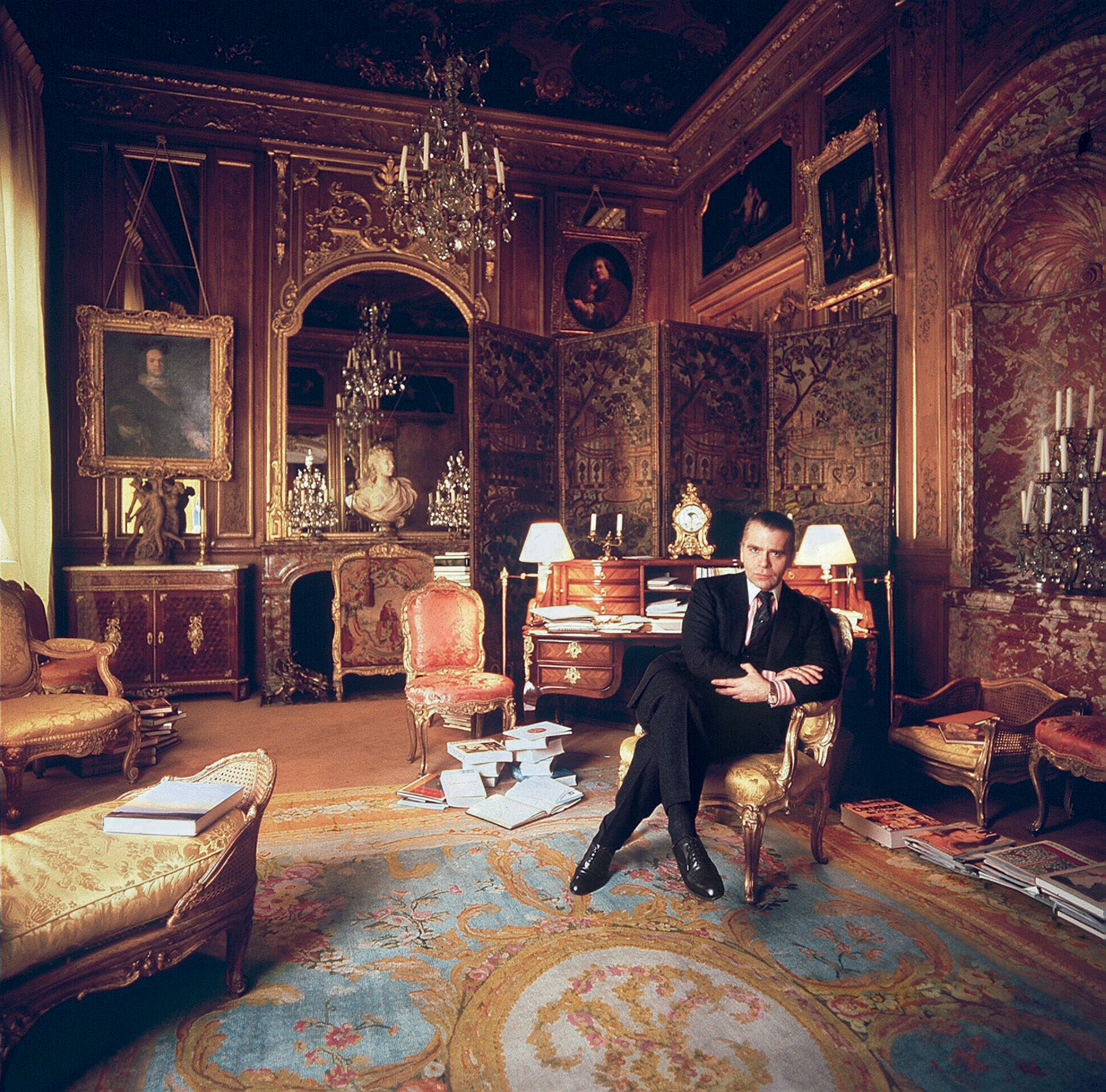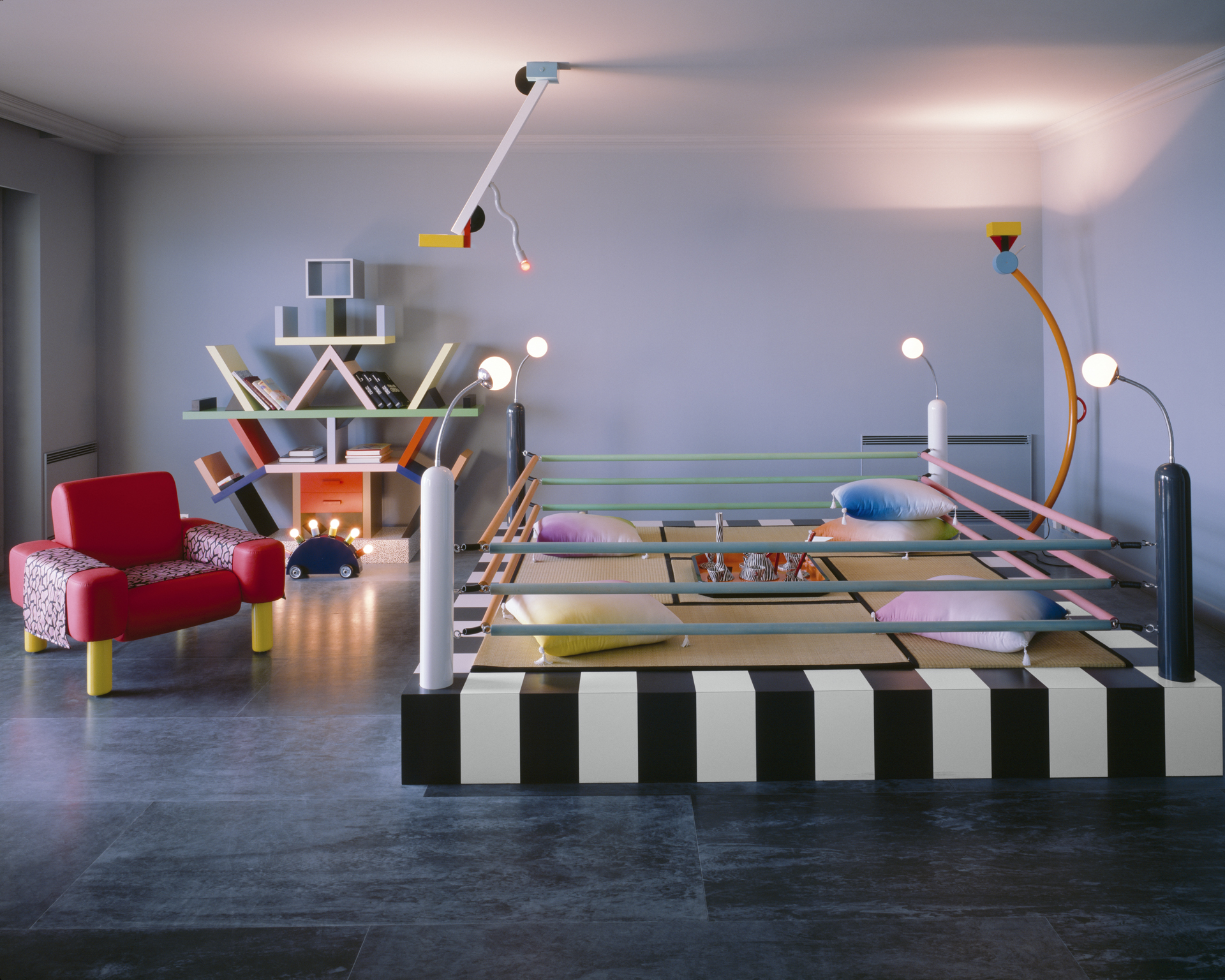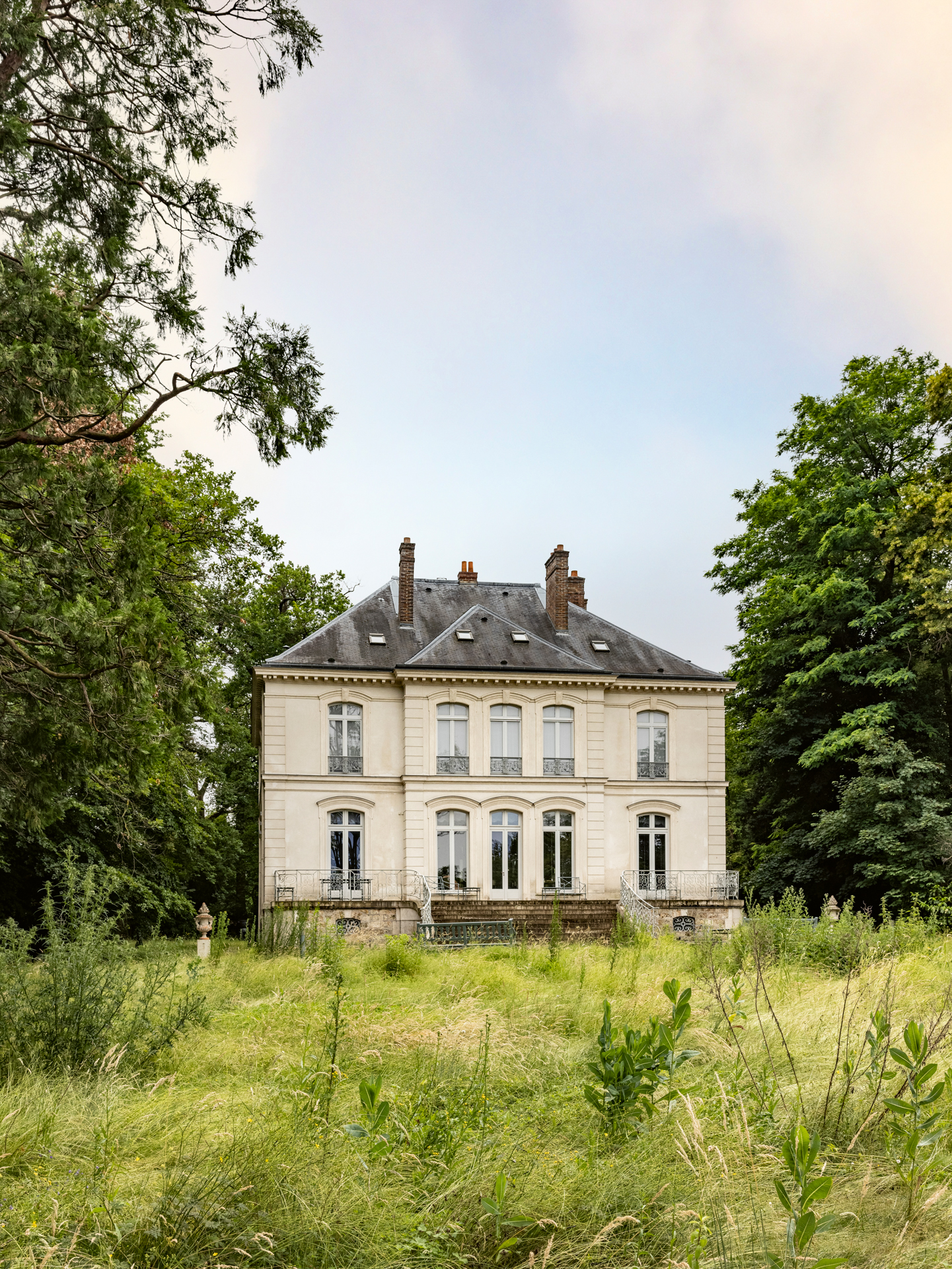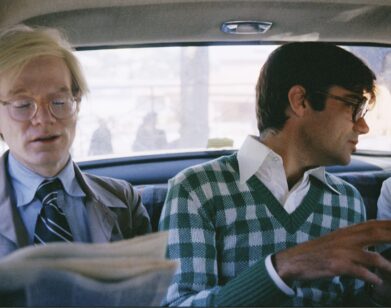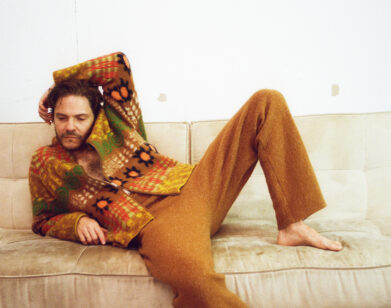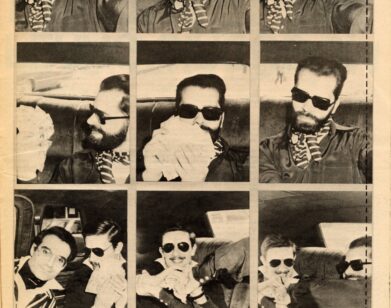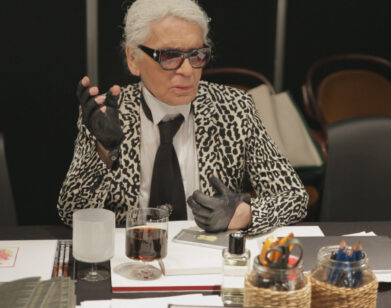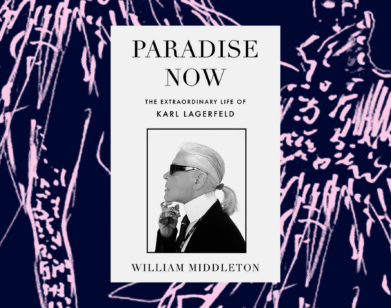ICON
Marie Kalt Takes Us Inside Karl Lagerfeld’s Property Empire
There aren’t many people who can excel at multiple disciplines with equal aplomb. But Karl Lagerfeld was different. His creative output is abundant and well-documented, from design positions as creative director at Chanel and Fendi to his publishing partnership with Steidl, the tiny bookshop located on a quiet street of Paris’s Left Bank, and finally, the curation of his own personal surroundings, a job he never stopped refining.
For Lagerfeld, home was a reflection of one’s being. His own properties were extensions of his guarded inner-self. From homes atop the cliffs of France overlooking the Mediterranean to the grand hôtel particulier with a large private garden in the middle of the French capital to secret country maisons, Lagerfeld was as much a curator of domestic haute savoir faire as he was a fashion designer.
Thanks to a new book by Thames and Hudson USA titled Karl Lagerfeld: A Life in Houses, the many homes of the famed designer have been brought together in one comprehensive survey. On Zoom from her home in Paris, Marie Kalt, the former editor-in-chief of Architectural Digest France, who co-authored the book with Patrick Mauriès, gave me a masterclass on the peculiar interior life of one of the most famous designers ever to have lived.
———
RUE DE L’UNIVERSITE, PARIS
“Rive Gauche is maybe the arty part of Paris. That’s where the universities are, and most museums. Of course, Le Louvre is on the other side. And that’s where, Saint-Germain-des-Prés is, the place where the intellectual elite used to be, so there’s a history there. And in a way, Lagerfeld has always lived in Saint-Germain, more or less. All the houses he’s had were there. And also, there was Le Café de Flore and La Hune, which was the famous bookshop at the time, where he would go and buy books because, as you know, he was crazy about buying books. He’s always lived on that side of the river. That’s also where the 18th century part of Paris is with the Faubourg Saint-Germain, there’s that sort of background historically and culturally that is related with the art scene and the French culture.”
“He’d had other apartments before, but we couldn’t get any information about them. And I think it was at a time when he wasn’t famous enough to be showing his apartment. But the first one that was actually featured in magazine was [this] first Rue de l’Université place. The interesting thing about it is that that was in the 70s, and it started with design pieces, that’s what he was interested in at the time. Slowly, it merged into the Art Deco thing that it became. So, that’s what you can see in the images at the beginning, there are still leftovers from this design period, like the Joe Colombo armchair.”
———
PLACE SAINT-SULPICE, PARIS
“Like most of the places that he had, they were like stage sets in a way. He didn’t really have a life in them. I mean, he did, but they were mostly used as backgrounds for pictures or fashion shoots were taking place there and he didn’t have much of a private life. He would invite people for dinners and things, but they were mostly related to his work. As a man, he wouldn’t really have a life in his houses, which is a strange concept. He would work from there, he would have people related to his work and his social life, but you never felt that it was like a home for him.”
———
HÔTEL POZZO DI BORGO, PARIS
“[This is] a typical 18th century hôtel particulier, it’s got a huge door, a courtyard, two [sides], one building at the back, and then a garden. At the beginning, he only had a portion of it, he had the left L [formation], and then he moved onto the first floor of the main building, and then he got the ground floor of the building, and the access to the garden. He never had anything to do with the right part of the building. He stayed in that house for over 30 years, so he gradually started with one part of the building, and then he moved into another part, and then it got bigger and bigger until he had to sell everything. [Now] it’s empty, it’s been redone in a rather cheap 18th century feel. Because it’s being rented out, no one lives there. So it’s rather sad, it’s got those horrible chandeliers, it’s got its cheap, pseudo-18th century damasks on the walls, the floors are still there because they haven’t been changed, and the building and courtyard is still there. But there’s no interior design, there’s nothing in it. It’s an empty space.”
———
LE ROCCABELLA, MONTE CARLO
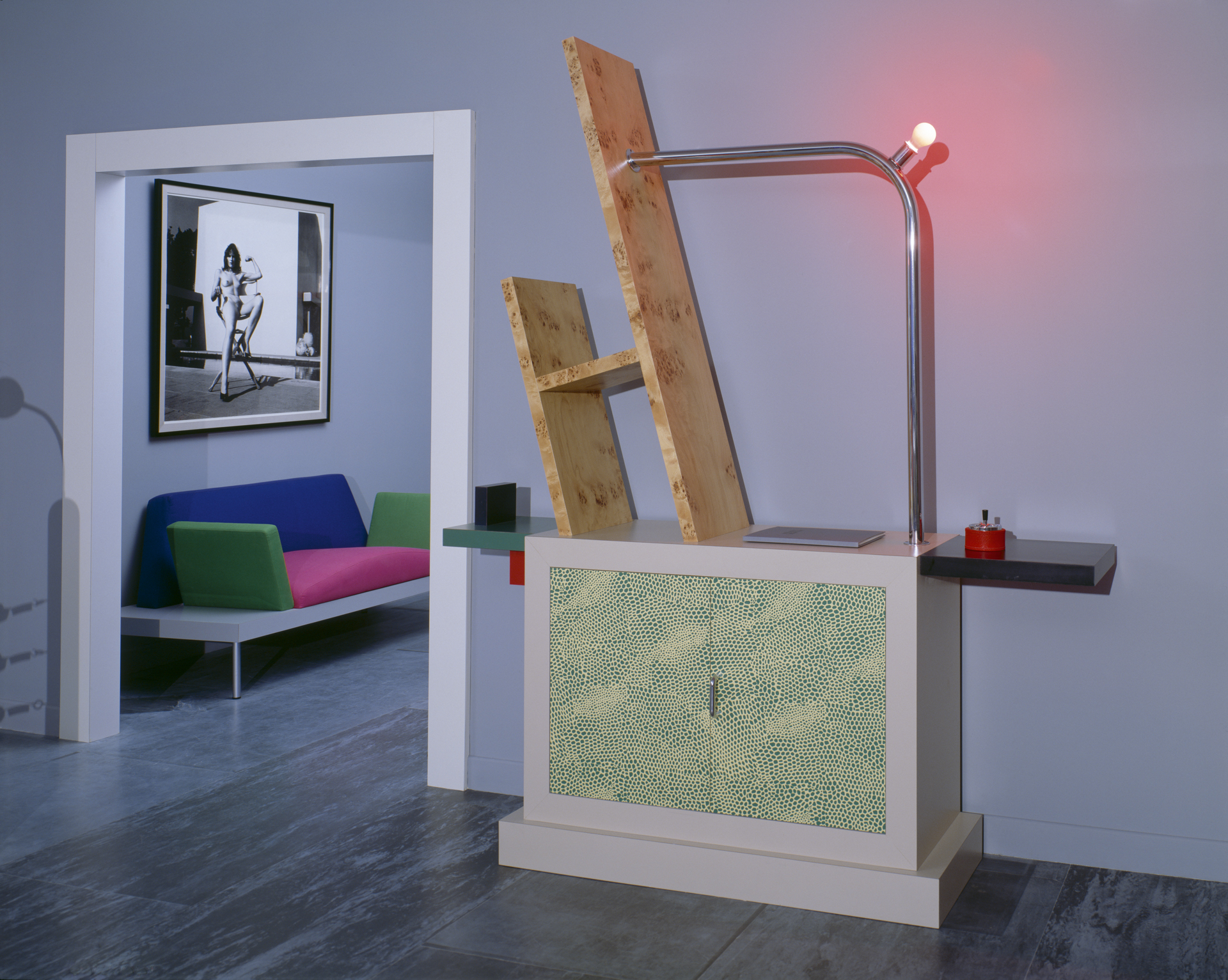
“Well, the story goes that he actually went to Milan in 1981 and he discovered the work of the Memphis Group and fell in love with it, and he bought everything that he put in that apartment. I think he was the only person who actually bought anything from that show that they had in 1981. And then got rid of it quite rapidly afterwards…
But the problem with Monaco is that you don’t really have nice houses, you just have tower buildings. So, you’ve got those tower buildings apartments, rather low ceilings, very modern architecture, and, if you’re lucky, a view on the sea.”
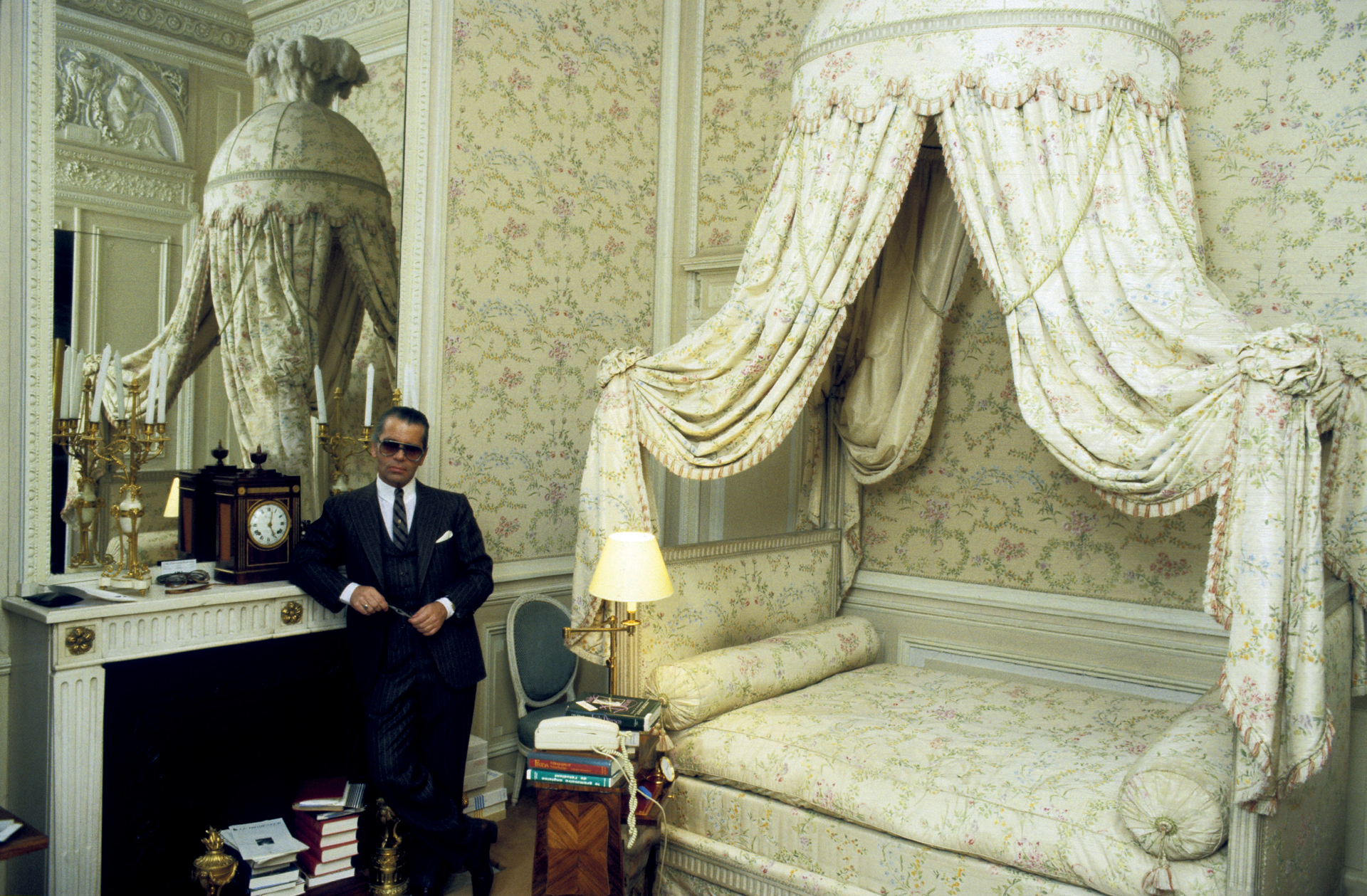
(GERMANY OUT) Lagerfeld, Karl , *10.09.1938-, Modeschoepfer Designer D, – in seinem Wohnhaus, – 1984 (Photo by A. Schorr/ullstein bild via Getty Images)
“It was a place where he would live because he had to live there. Legally, he had to spend six months in Monaco. And there were places where he would work and be there while he had to be there. But most of the time, apart from that [Le] Roccabella thing and a few other experiments, which were a bit weird, he never really spent time and money to do something really special in those apartments, and were more like hotel rooms where he would have to go….
The newer generation is definitely going back to that because it’s the 80s, and they’re all fascinated by that period; this usual cyclical thing, where you always go back to the generation that was your parents and your childhood in a way. Memphis was one of the most striking element or movement happening at the time, and one of the most flamboyant in way. It was very spectacular. All that has become collector’s items. They’re very expensive now, and it’s very niche.”
———
LA VIGIE, ROQUEBRUNE-CAP-MARTIN, FRANCE
“Well, the story goes that while he was living in Monaco and hated it, because basically I think he hated living there, he could see that building on the edge of the sea and it was like a dream for him to go and move in there. And that building belonged to the Royal Family in Monaco. So he got to deal with them that he could live in there if he would redo it completely, because it was in complete ruin. So, he did a lot of work to it, redid all the exterior, all the plaster work, the garden, and all the interiors.”
———
PAVILLON DE VOISINS, LOUVECIENNES, FRANCE
“I had known for a long time about [Villa Louveciennes], and I had tried to shoot it for the magazine many, many times and he had always said no. The reason was that I think he didn’t want to get too much visibility because of the problems that he had, because the man in charge of all his legal stuff had always said, you’re not going to get that house in the magazines, okay? The reason he wanted a house in the country was that he’d become such a famous figure that he couldn’t go anywhere. There was no place where he could go, where he could be on his own and not have the paparazzi chasing him. It’s not [a] fashionable [location]. It’s close to Paris, it was in a huge garden, it was walled in. It was a nice house that had this sort of neoclassical look about it that he fancied.”
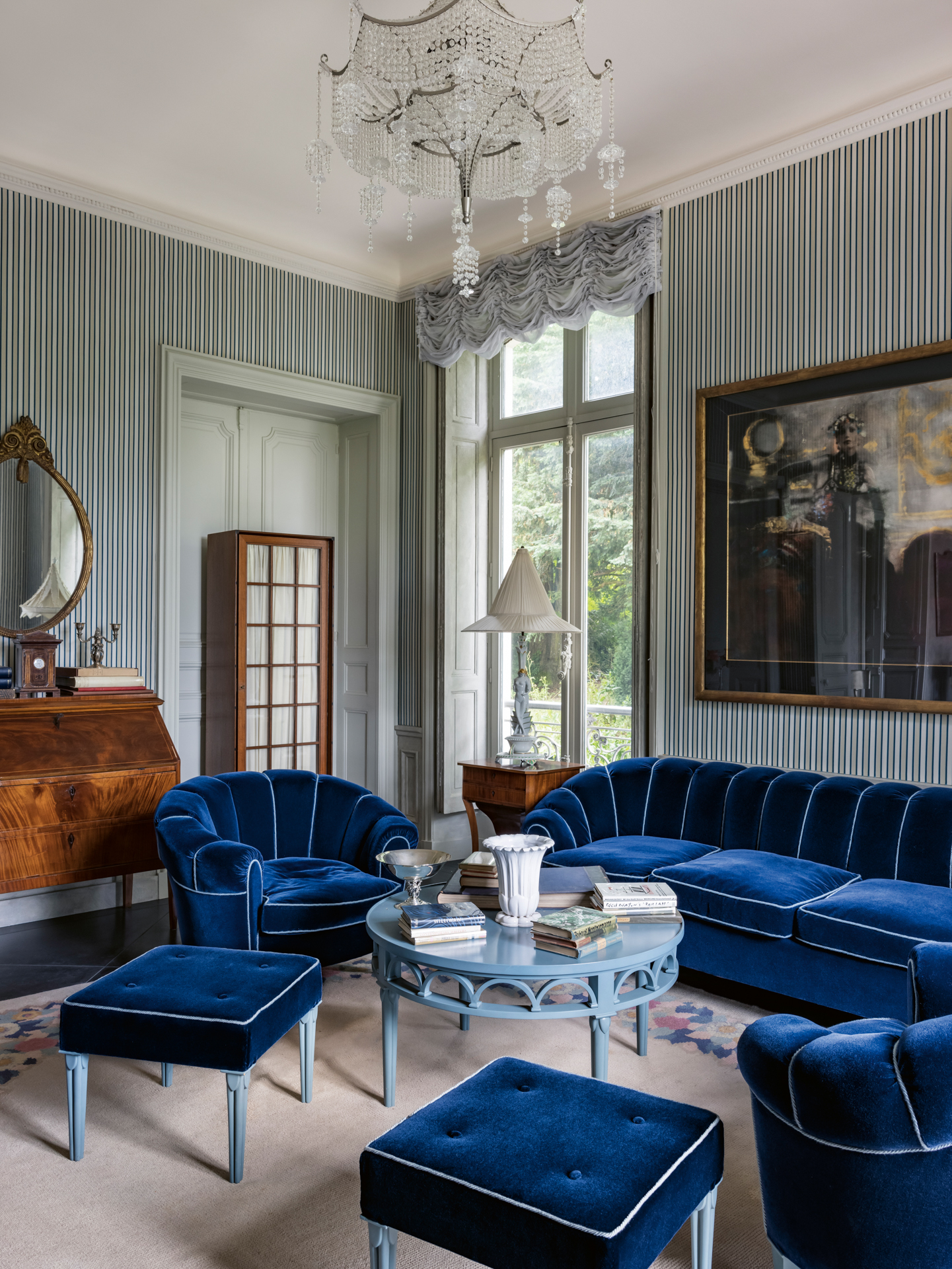
“It took him years to get it done properly, because he was never happy with what was happening, so he would redo things. And he never went there. It took him a long time to do it and when it was finished, I think he went there twice. There was a dinner that he had to cancel because he was ill. He never really entertained anybody there. It’s a place where, in a way, it put together all the things that have been leftovers from his previous lives, all the important things have now been sold, of course…
He put things there that had been in previous houses, and that he had kept because maybe he liked them and hadn’t wanted to sell them, or maybe hadn’t been able to sell them, like the Rob Jones furniture. That was in the house in Hamburg, originally. And he had it patinated silver to put it in Villa Louveciennes so that it would fit with the general feel he wanted to give to that house. There was a lot of German furniture that came from the house in Hamburg. It’s like going full circle to his roots, and to his German roots…”
———

